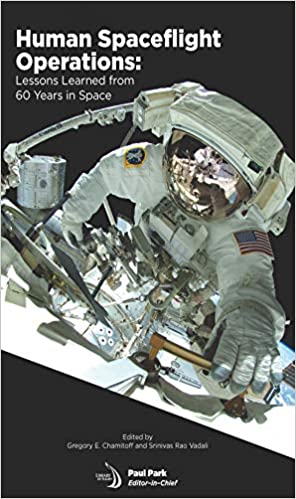
English | 2021 | ISBN: 1624103995, 978-1624103995 | 698 pages | True PDF | 139.65 MB
The purpose of Human Spaceflight Operations: Lessons Learned from 60 Years in Space is to share collective experience on human spaceflight operations. For the many authors, this is nothing less than a work of passion. They are sharing their life s work with the goal of passing on their experience to the next generation of space engineers, designers, operators, and crew. The lessons learned are applicable to anyone working in the space industry as part of a current or future national or international space program, private space enterprise, human, or robotic mission. The book s chapters cover the primary technical disciplines related to spaceflight operations. In each case, the essential concepts and evolution of the systems and technology are discussed in some detail, but the focus is on how spaceflight operations are performed. Lessons learned are derived from incidents that occurred during actual space missions. Some of these lessons are explained directly by the astronauts who experienced them firsthand.
This is not a book on space mission design, of which there are many. The aim is to shine light on the subject of space operations, as distinct from engineering design. However, the most important lesson is perhaps that operational requirements must be considered very carefully in the design process. The subjects covered are wide ranging, but all within the scope of human space mission operations. There are many other space-related lessons learned beyond operations political, financial, managerial, and these can be found in some of the references provided. It is the hope of the authors that through the process of explaining how things really work in Space and Mission Control, future missions can benefit from the experience (and mistakes) of so many pioneers that have come before.



